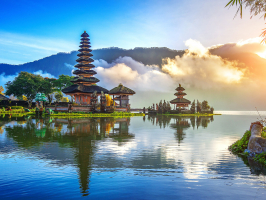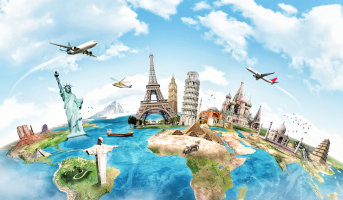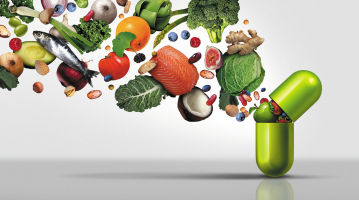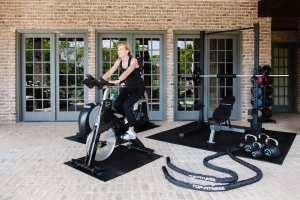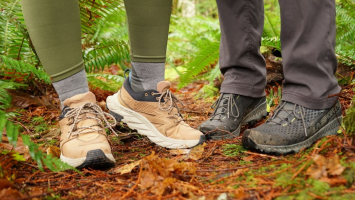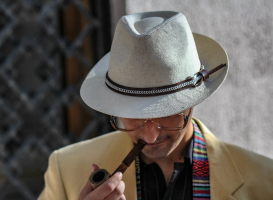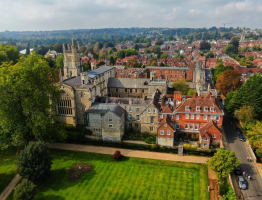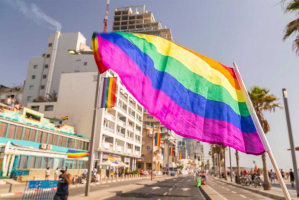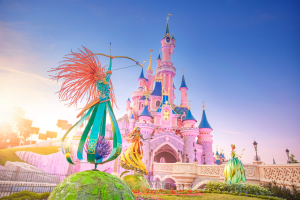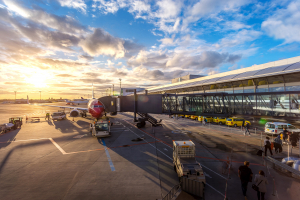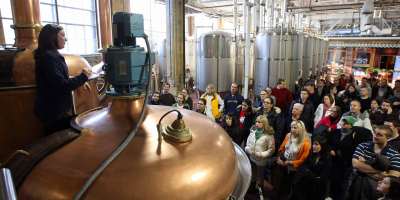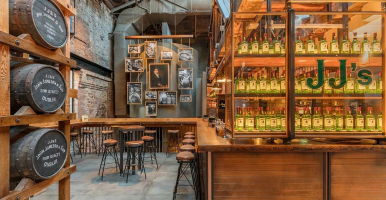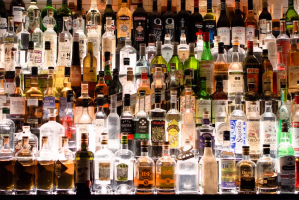Top 13 Best Wine Tours Destinations In The World
Wine is a staple of many cultures' meals, and winemaking has expanded from the Mediterranean area to every continent. The newest trend among travelers is wine ... read more...tourism. You go through the wine-making valleys on the wine tour. It goes beyond merely being a bottle with a label. You can't help but admire it since it has so many aspects to it. Wine tours provide you with information about the environment, the location, and the people who create the wine. Everyone should include a wine tour on their vacation bucket list since it is a magical experience. Let's discover the best wine tour destinations in the world.
-
Tuscany, the most well-known wine area in the world, is a popular location for wine tours. Florence, the starting point for all wine excursions, is the region's main attraction. Red wines from the region, including Chianti and Vino Nobile di Montepulciano, are well-known. However, there are a few other intriguing suggestions for Italian wine tours.
You will be able to relax on the deck, partake in onboard tastings, run sporadic kiosks at ports, and explore wineries while in Italy. The Amalfi Coast is a popular location for wine sampling and is noted for its ancient ruins. There are a lot of historical sites to be found in the regions around Paestum, Pompeii, and Herculaneum.
Campania is also nearby, where you may learn about the traditional winemaking process. Ancient here refers to winemaking dating back 4,000 years. This excursion is available for booking in August and September. Try a glass of wine created with a special collection of grapes, and you'll never forget this journey! Tuscany's prime season for wine excursions and tastings is from the middle of September until the beginning of October. The weather is ideal since nights are colder and days are warmer but not oppressively so.
Tour and Location: Scenic wine tours in Tuscany, Via Piana, 19, 52024 Loro Ciuffenna Italy
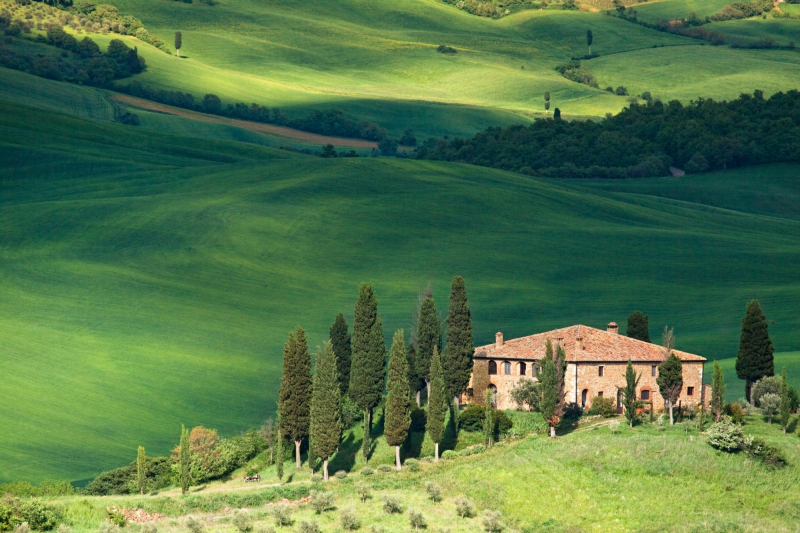
TripSavvy 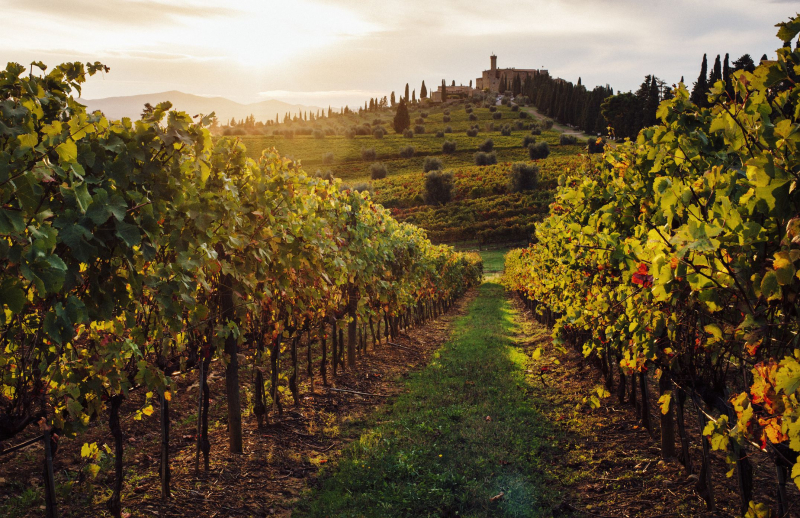
TripSavvy -
90% of wine produced in the US is credited to California, which has more than 1200 wineries. It is the archetypal illustration of expansive vineyards. Wine enthusiasts from throughout the world visit this location for wine sampling. Here, a five-day journey is a luxury that is well worth the money. It's a great idea to take a tour of the Dry Creek, Sonoma, and Napa Valleys to learn more about wine production. And don't worry about lodging because there are several hotels in this area. Sauvignon Blanc, Chardonnay, and Merlot are the three most well-known Californian wines.
Imagine going on the ideal winery tour. Customized Napa Valley wine tours are available from the professionals at California Wine Tours and Transportation for an extraordinary and unforgettable experience. Create the trip of your dreams by choosing from a limitless array of wine sampling possibilities. The Napa Valley wine tours can meet your demands whether you are a wine aficionado or are visiting the Napa Valley as a family vacation. There is much more to a wine tour and transportation trip than merely getting from place to place.
You may visit Napa Valley like a native when you arrange for transportation and wine. Don't stress about getting lost, losing out on hidden gems, or putting your life in danger by driving after drinking. Do not lose time looking for the ideal location for lunch or a gorgeous picnic.
Tour and Location: Napa Valley Back Trail Wine Tours, 1740 Park Ave, Napa, CA 94558
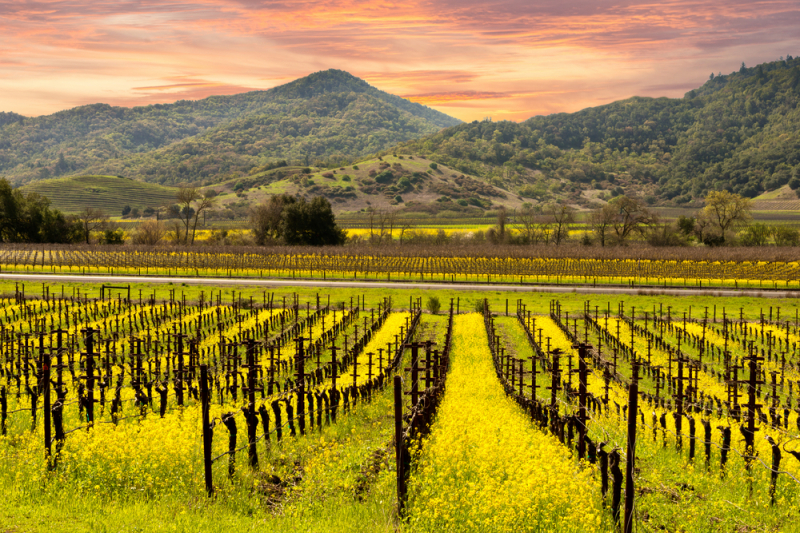
womentravelingtheworld.com 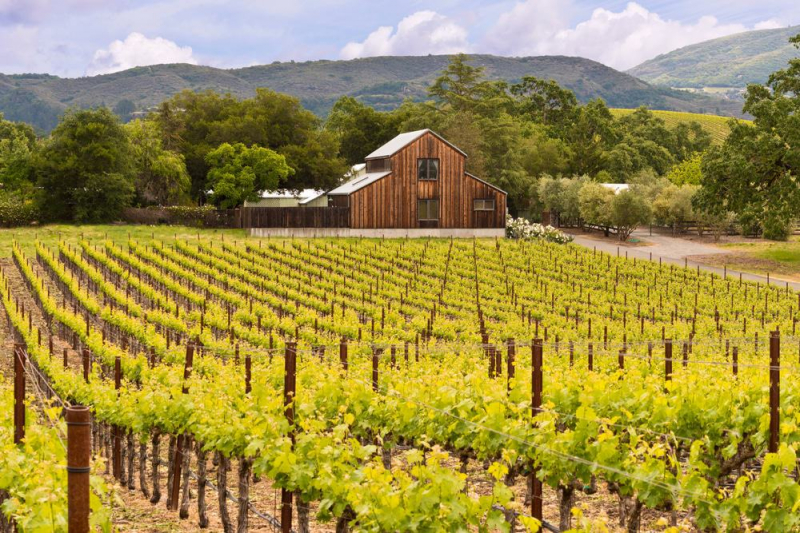
thecrazytourist.com -
The Alentejo is one of Portugal's largest wine-growing areas, with more than 250 wine producers spread throughout eight officially recognized zones. The area's diverse soils, including the granitic, calciferous, and Mediterranean red soils, readily account for the wines' unexpected variety. As a result, the Alentejo's once-three separate Rotas dos Vinhos, or wine roads, have combined into one. Visitors can stop by adegas (wineries) along the way to enjoy wines and regional specialties. The Festa da Vinha e do Vinho in Borba, which takes place in November, is a fun occasion to travel there. Tiny tascas (inns) lure onlookers with wine from giant clay pots while the streets fill with vibrant parades.
The Alentejo area was chosen as the world's top wine destination by USA TODAY readers. It is a sizable region, one of Portugal's largest, with delectable cuisine and excellent wines. Despite being one of Portugal's driest locations, irrigation projects allow for the growth of wheat, rye, oats, barley, and sugar beets. With access to open grazing and acorns that fell from cork trees, the Alentejo area has long been a significant producer of pork.
Tour and Location: Rota dos Vinhos do Alentejo, Praca Joaquim Antonio de Aguiar, 20, Evora 7000 Portugal
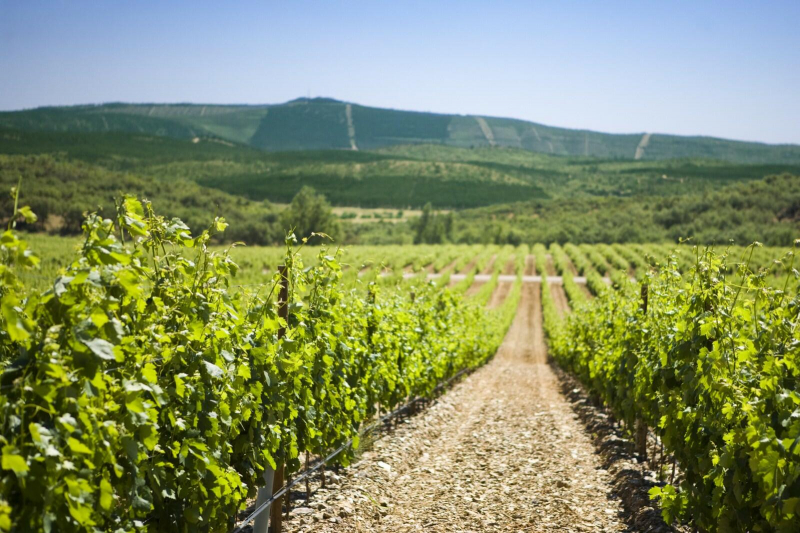
portugalbywine.com 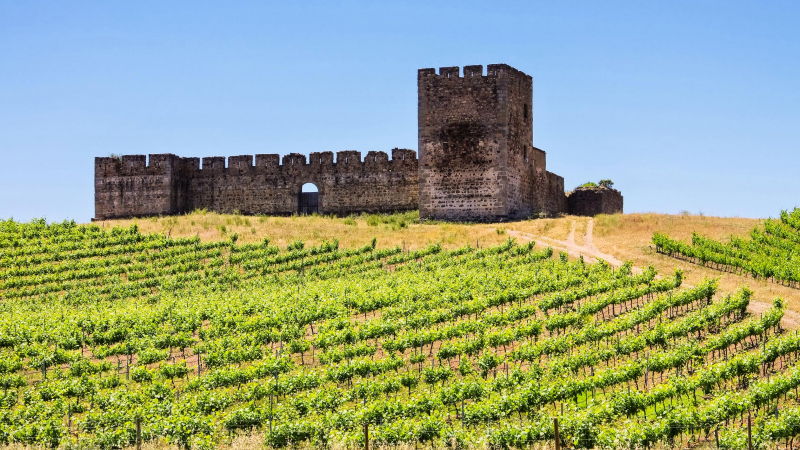
daily.sevenfifty.com -
The well-known wine trails of Paarl, Stellenbosch, and Franschhoek are just an hour's drive inland from Cape Town, as if the city's attractions weren't enough. The Cape's history with winemaking begins in the late 17th century with the entrance of French Huguenot immigrants. During lengthy maritime trips to the Indies, their wines were utilized as a scurvy remedy. Today, South African wines are well-known around the world, and they claim that Pinotage is the only brand-new grape variety developed outside of Europe. While Boschendal estate, with its famous Cape Dutch architecture, is South Africa's greatest claim to a European-style manor house, Franschhoek's wine tram offers a hassle-free hop-on hop-off vineyard tour.
One of the world's most picturesque wine towns, Franschhoek is also the country of South Africa's best wine and cuisine. Numerous French Huguenots were compelled to leave their homeland. Nearly 300 French Huguenots came by ship at the Cape of Good Hope in 1688, and they were allowed to settle in the Franschhoek Valley. Anyone who has visited Franschhoek knows that this region of the Western Cape has breathtaking amounts of stunning beauty to offer.
Tour and Location: Franschhoek Wine Tram, 32 Huguenot Road, Franschhoek 7690 South Africa
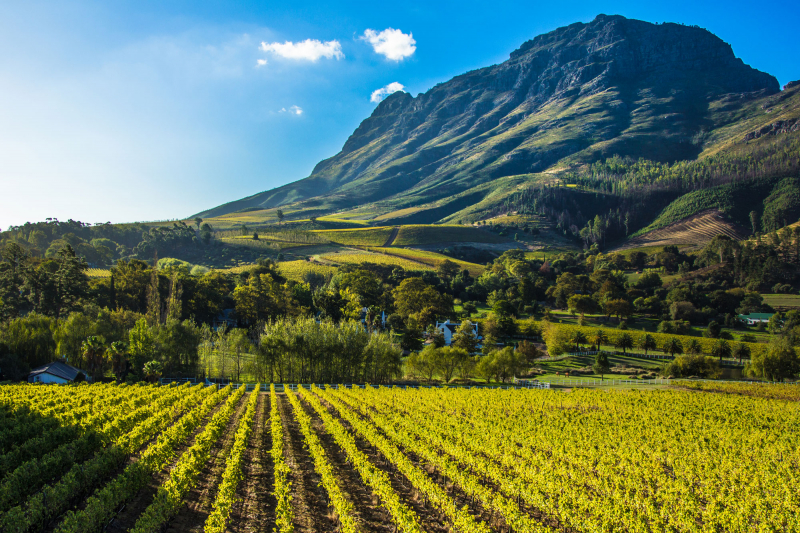
discover-the-world.com 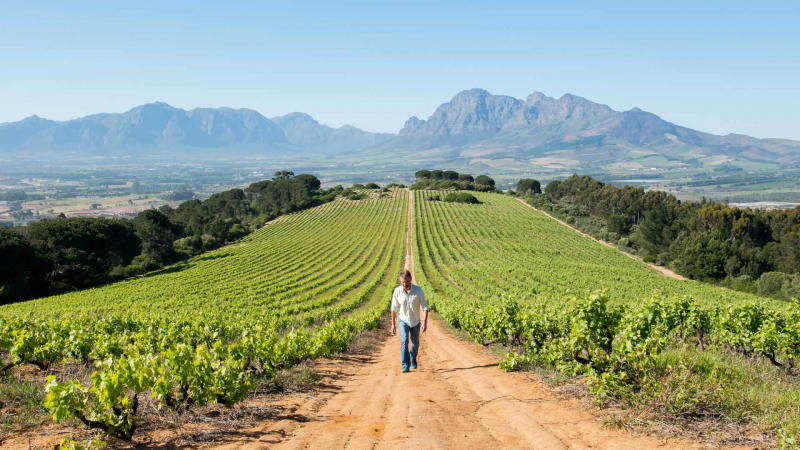
discover-the-world.com -
The Route des Vins follows the Rhine under Strasbourg in the Alsace and is a self-drive extension of the German Weinstrasse. This is ideal Riesling area as you drive under meticulously tended slopes of tethered grapes and past towns covered in geraniums that are hidden behind ancient gates. The densely wooded Vosges Mountain range, which towers over them, is home to a number of fortresses that face the Rhine and are always on the alert for potential attackers. Driving the entire road takes a few days, and its highlights include Obernai, one of France's most quaint villages, and Haut-Koenigsbourg, a 12th-century fortress that was reinforced in the 19th century under German administration.
Fall in love with the Alsatian Wine Route's towns and villages for their unparalleled beauty. These vineyard gems, with their half-timbered homes, flower-filled windowsills, and cobblestone paths, will charm you with their genuineness. The Alsatian Wine Route's communities come to life one after another for fun community events as soon as the weather improves. Come meet the winemakers and take in the distinctive atmosphere of these amazing events. The Wines of Alsace are distinctive for their freshness and their pallet of smells, which is both delicate and strong. They are renowned for their finesse and grace. Try these outstanding, very opulent wines!
Tour and Location: Route des vins d'Alsace, From Marlenheim to Thann France
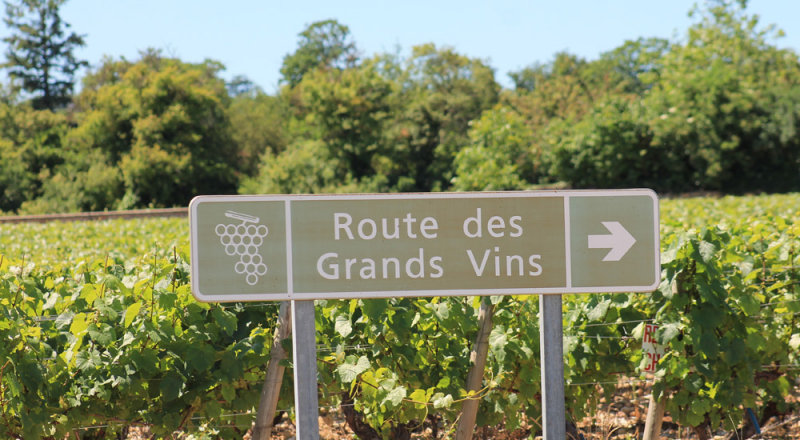
bienvenue-en-bourgogne.com 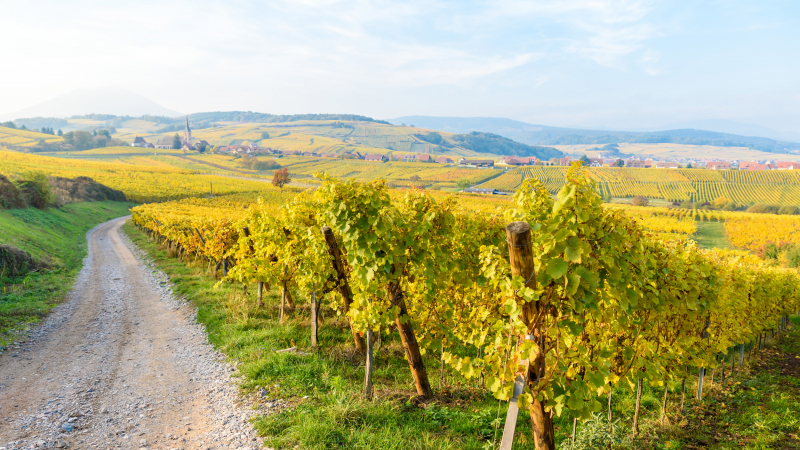
magazine.trivago.fr -
When one sees the mesmerizing views of the Santorini caldera, with its sheer cliffs rising from the sea, wine may be the last thing on anyone's mind. However, there are nine native grape types on the island, including the well-known Assyrtiko. In an ancient settlement discovered in Akrotiri that was submerged by the volcanic explosion that destroyed half of the island, traces of this dry white wine were discovered. Santorini's wine production is unique in that young vines are twisted into a wreath shape with grapes growing in the middle to shield them from the chilly winds that sweep over the Aegean. These are shown in the intriguing Koutsoyannopoulos Wine Museum, which is located outside of Vothonas.
The wineries and vineyards of Santorini allow you to savour thousands of years of wine-making heritage while capturing all the authenticity of an island known for its cosmopolitan appeal. In Santorini's vineyards, more than 50 types of grapes are grown, with Assyrtiko being the most well-known (producing the crisp whites that have propelled Santorini onto the international wine map and attracted multiple awards). You'll also appreciate learning about Vinsanto, a sweet dessert wine with a PDO designation that is created from sun-dried grapes and served as a liqueur. But the tale of Santorini's wineries is also about the people who manage them and their customs, in addition to the grape varietals and local history (amphorae and wine-making tools have been discovered in the Prehistoric village of Akrotiri).
Tour and Location: Santorini Wine Tour, Vourvoulos, Fira 87 400 Greece
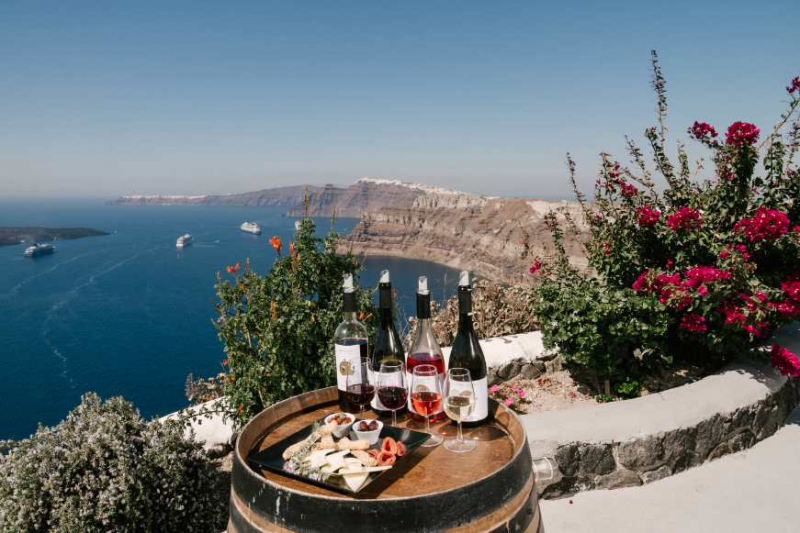
gofreedly.com 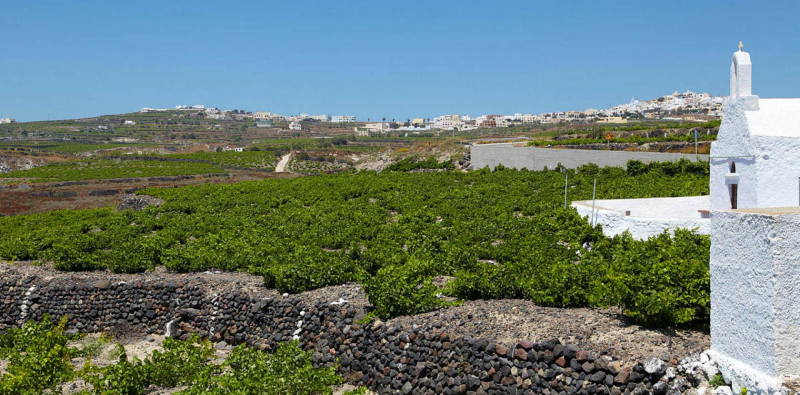
artemiskaramolegos-winery.com -
Greater Santiago includes the Maipo Valley, and several estates are quite accessible from Chile's city. The Chilean wine industry began in this region, which mostly produces red wines like Cabernet, Pinot Noir, and Carmenere. Chilean grapes were employed to graft back and rejuvenate the decimated Old World vineyards since they were immune to the phylloxera plague that wiped out their European relatives in the 19th century. Taxis are easily accessible to the historic Cousino Macul estate, which was built in the 1850s and is still owned by the same family today. Concha y Toro, a global powerhouse, is further away. The Casillero del Diablo, the original "devil's cabinet", which gave its name to a well-known brand, will be displayed to tourists there.
The proprietors used to store their top vintages in this cellar. To prevent theft, they persuaded the workers that it was under the devil's control. This 1856-established Maipo Valley winery is run by the same founding family, and this fact is reflected in both the way they treat tradition and the quality of their wines. To keep all essences intact, the whole production process—including bottling—is carried out at the source. Two farms, one in Macul and the other next to Buin, produce all of Cousio Macul's many wines. The trip lays a focus on wine history, showcasing various locations where wine is processed in its beginnings, and it makes time to visit the museum. Also includes a walk through the beautiful surrounding vineyards, ancient cellars and current.
Tour and Location: Cousino Macul, Av. Quilin 7100, Santiago 7921077 Chile
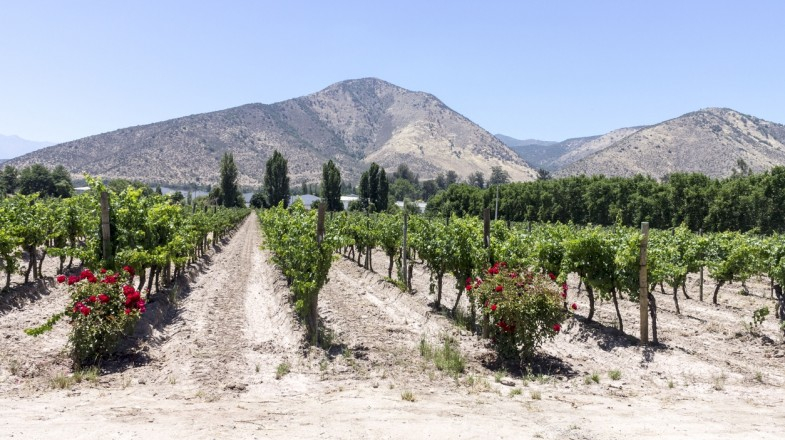
bookmundi.com 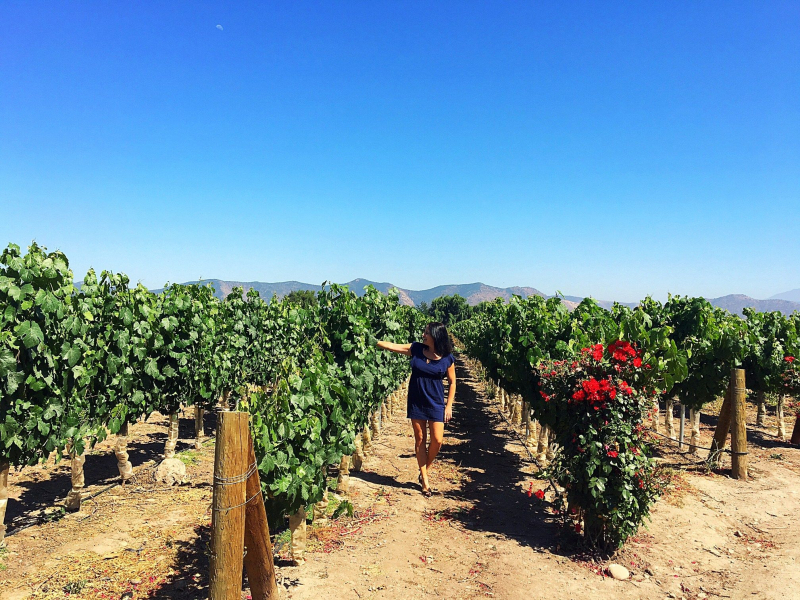
Pinterest -
Canada now produces wine because to the peculiar environment of British Columbia, and the bulk of its vineyards are located in the Okanagan Valley. The tough vines of the Okanagan Valley have flourished despite the weather's fluctuations. The vineyards are significantly protected from spring frosts by lakes, while summer rainfall is kept to a minimum by coastal mountains that absorb precipitation from the Pacific Ocean.
In Calona, the first winery opened its doors only in 1932, and there were only 19 properties there in 1990. By 2016, there were 255 local wineries, and roughly 40% of the grapes were grown on property that the Osoyoos First Nation had leased. The vast diversity of grapes grown in the Okanagan is arguably the most astounding aspect of the region.
The white wines range from Pinot Gris and Chardonnay to Riesling, while the red wines include Merlot, Pinot Noir, and Cabernet. Everything appears to be able to grow here. Traveling through well-trimmed rows of grapevines while admiring stunning vistas of picture-perfect lakes that are surrounded by the sweeping mountains that make up the valley is what it's like to visit Okanagan wine region. Visit the gorgeous Okanagan wineries and sample the world-class wine made there. The Lake Country wine excursions are the ideal blend of information, inspiration, and fun.
Tour and Location: Okanagan Wine Country Tours, No Store Front Address, Kelowna, British Columbia V1Y 9N9 Canada
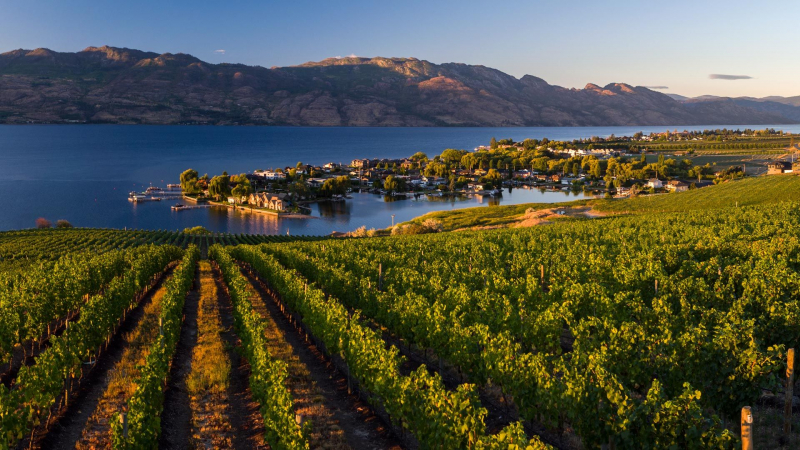
Pinterest 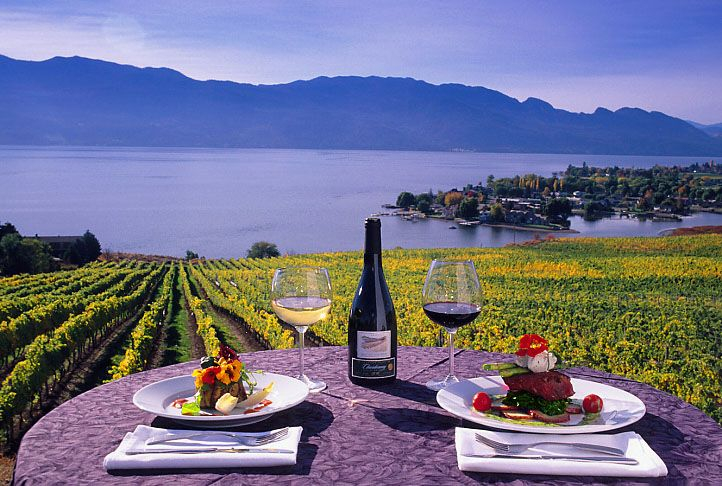
Pinterest -
Vine was introduced to the Bento Goncalves pampas in the deepest southern region of this tropical nation by Italian colonists. The famous rodizio meat barbecues seen throughout the cities and most commonly made of Merlot, pair nicely with the region's wines. The Vale dos Vinhedos, where the vineyards are situated, has a Brazilian appearance but celebrates its Italian ancestry with museums, a steam train, and movies that glorify those early settlers. Even the largest estates, like Miolo, the most well-known brands, like Casa Valduga, and the perennial favorites of sommeliers, Salton, are delighted to receive foreign tourists and proud to showcase their fine wines. The outcome is a taste sensation that is actually uplifting.
Vale dos Vinhedos, called after the valleys covered in vines and picturesque scenery displaying distinct tints in each of the four seasons, captivates visitors with its warm hospitality and first-rate tourist infrastructure and technology. You may stop at tiny farms, locally owned and well-known vineyards, hotels, restaurants, art galleries, and shops offering cheese, artisanal jams, confections, and candy along this wonderful path.
Tour and Location: Vale dos Vinhedos, Rua Davile Sandrin, RS 444, Bento Goncalves, State of Rio Grande do Sul 95700000 Brazil
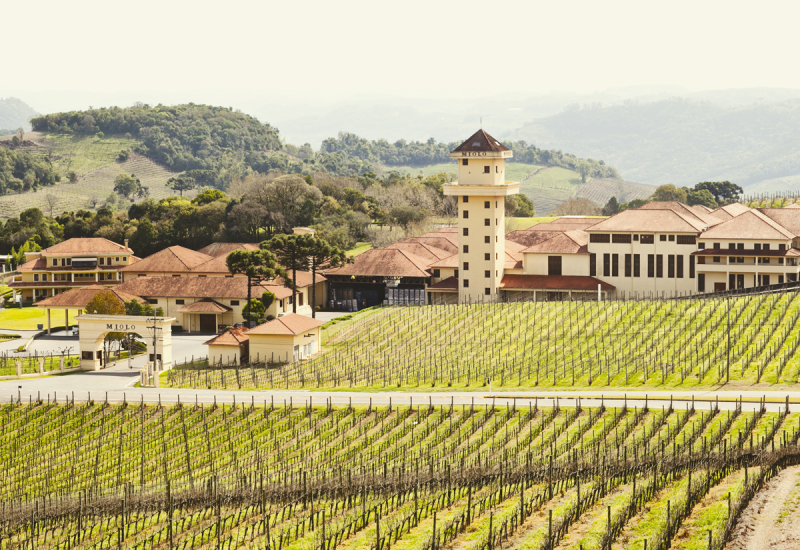
Pinterest 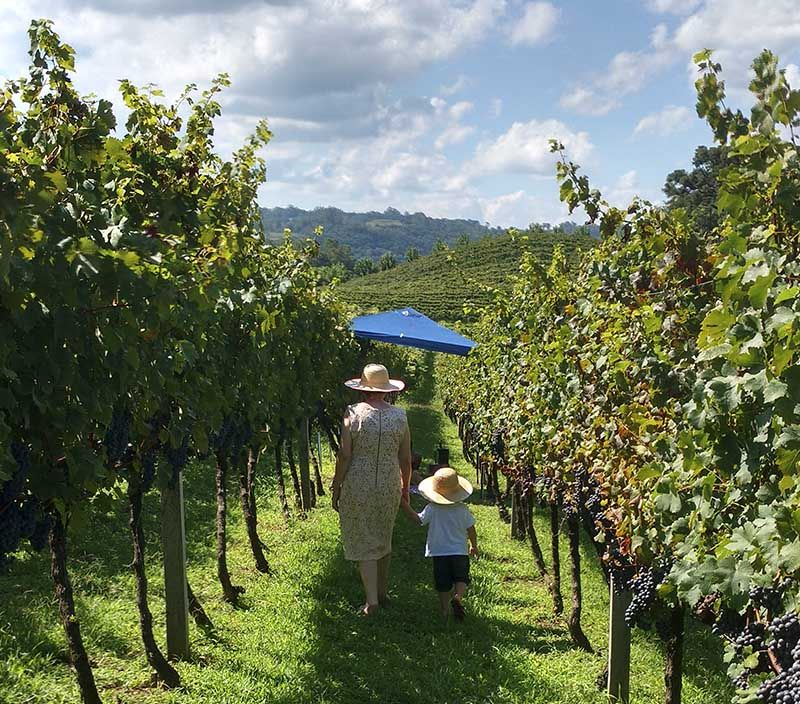
Pinterest -
Argentina used to be the wine industry's dormant behemoth. For many years, vintners continued to use ancient vines that Jesuit priests had brought while using low-cost techniques like huge, reusable vats rather than smaller disposable barrels. The benefits of the Mendoza area of Argentina, however, became clear once production standards were raised: a dry, nearly pest-free climate supported by regulated irrigation from Andes snow runoff. Red wines predominate, with the renowned Malbec competing with any European wine. Additionally popular among producers are Chardonnay and Sauvignon Blanc. Since the Maipu and Lujan de Cuyo districts are rather flat, renting a bicycle is becoming a popular option to pre-scheduled group trips.
In each sub-region, wineries are typically near to one another, making it quite simple (and enjoyable!) to visit a number of them in one day by bike: this is an inventive and interesting approach to see Mendoza and its renowned wine farms. On this specific excursion, you'll ride a bicycle through Mendoza's wine country to take in the stunning scenery and soak up the sunlight and fresh air. Visit Terrazas de los Andres House, their luxury dining establishment, where you can experience traditional Argentinian food and some of Terrazas' best wines.
Tour and Location: Mendoza Wine Bike Tour, Espejo 65, Mendoza 5500 Argentina
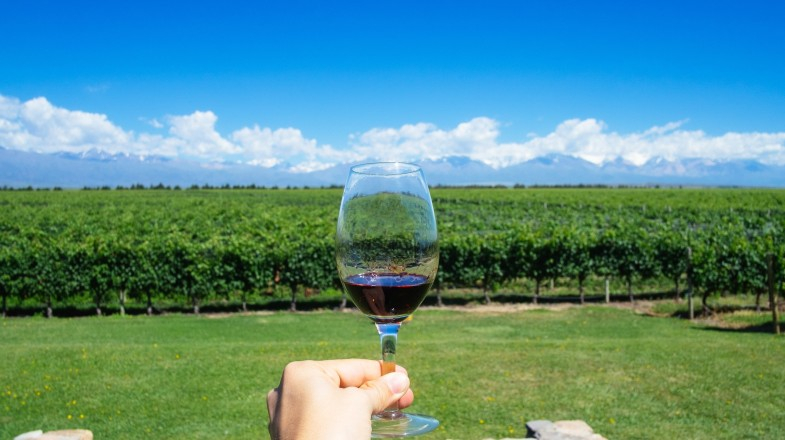
bookmundi.com 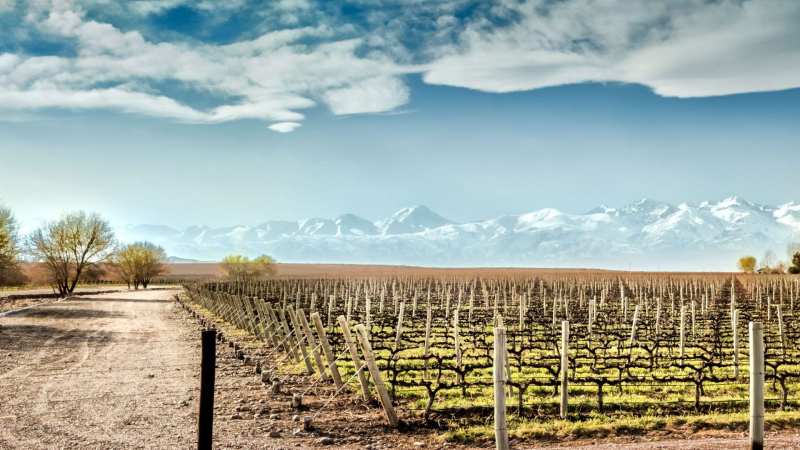
bookmundi.com -
Rioja is the wine more closely linked to Spain than any other. Numerous people think Rioja is a particular variety of grape and that the wine is usually red. Tempranillo, Grenache, Graciano, and Mazuelo are the main grapes grown in La Rioja, which is actually Spain's premier wine area.
Rioja is also the name of certain white wines. However, the reds are the ones that are most well-known internationally. They must be consumed in the late hours, at least three years later; five is great, and seven to eight is best. They may be sampled in large, old-fashioned haciendas like Lopez de Heredia or at brand-new, gleaming boutique wineries with glass fronts like Baigorri. Where the wine is good, the food is too, goes a Spanish proverb.
Going on a wine tour in La Rioja would also be incomplete without sampling the region's signature spicy chorizo, black pudding, or the air-dried piece of pig served with a wine marinade called lomo embuchado. Red wine from Rioja, in particular, has a long history of popularity. Even before the region's typical wine producers, the encroaching Romans, arrived, vines were already grown in Rioja. In addition to being one of Spain's most well-known wine areas, Rioja is also among its greatest. One of the few DOCs in Spain, Rioja's recognition as such is evidence of it.
Tour and Location: Rioja Wine Tours, Diputacion 39, 01330 Labastida Spain
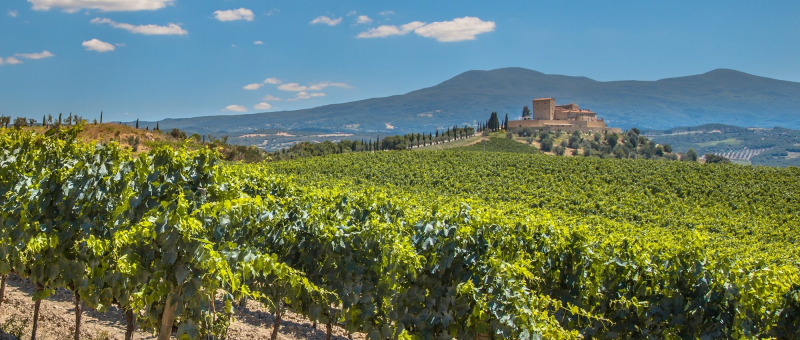
cellartours.com 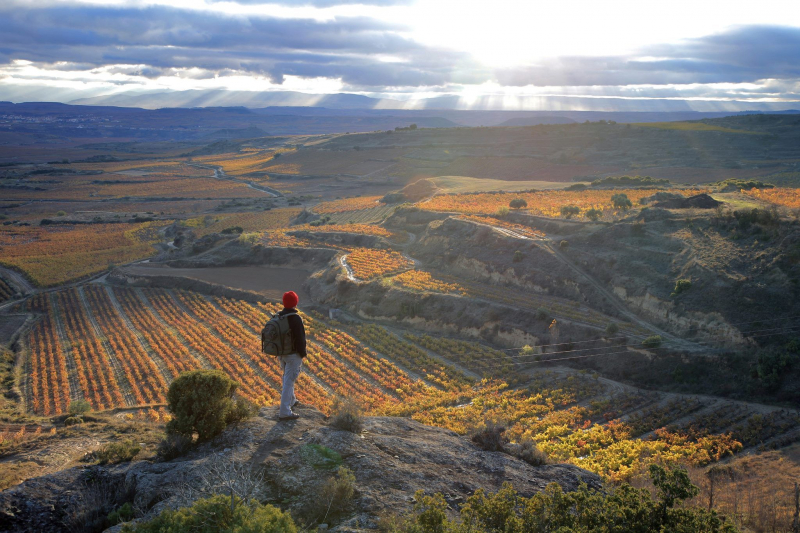
cellartours.com -
The Rhine's Moselle tributary is the most beautiful because it meanders slowly across beautiful landscapes. While floating along the river, one can see the terraced designs of some of the highest vineyard slopes in the world. Even hiking in the area can be hazardous due to the practically vertical hills, but the vineyard workers are rewarded with the extraordinary quality of their Rieslings. The sluggish soil along the Moselle River is ideal for growing vines. It enables them to develop strong roots and absorb nutrients, which are tasted in the wine. The excellent Koblenz tourism office provides thorough maps for the wine trails and offers suggestions to cater to particular interests.
The world-renowned Rieslings from the Mosel wine area are well-known. The area is renowned as one of the top white wine-producing regions in Europe because of its residents' steadfast adherence to their traditional traditions. Berkastel, Saar, Ruwerg, and many other captivating wine appellations may be found on the Mosel. The Mosel region's wineries are thrilled to host guests and give information about their products and history of winemaking. In the vicinity of Koblenz, Cochem, and Zell as well as other lovely locations around the area, you may discover the greatest Mosel wineries to visit.
Tour and Location: Mosel-Vinothek & Wine Museum, Cusanusstrasse 2, 54470 Bernkastel-Kues, Rhineland-Palatinate Germany
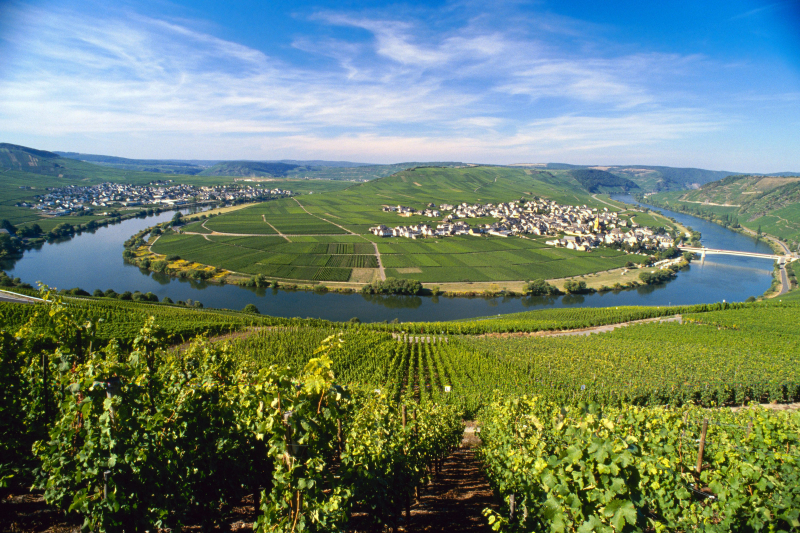
Pinterest 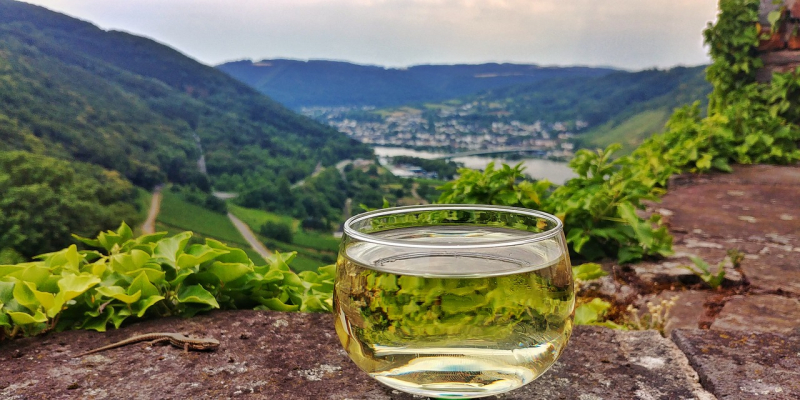
Pinterest -
Since Noah planted the first vine after the flood on the slopes of Mount Ararat, according to the Bible, Armenia was the first place in the world to produce wine. Archaeologists concur, at least in terms of the ancient tradition: a winery that dates back 6,100 years was recently found. The indigenous Areni species has remained unaltered for millennia due to its high level of disease resistance and its thick skin, which helps protect it from the cold. Vayots Dzor, where a microclimate assures 300 sunny days a year, is the easiest wine-growing region to reach from the capital, Yerevan. Most guided tours focus on the Areni Noir, an unmatched burgundy that helped Armenia become known worldwide when it was introduced in 2012.
A visit to the winery's cellar, where the wine is aged in enormous oak barrels, is part of a factory tour. This is followed by a sampling of the winery's traditional and fruit wines. Visitors can purchase coffee or tea and watch a brief documentary on the company's history and Armenian winemaking customs in an upstairs eating room. With enough notice, a lavash-making class and an on-site meal are both possible. A modest gift shop sells handcrafted items, souvenirs, and wines in addition to other goods.
Tour and Location: Areni Wine Factory, 3604, Vayots Dzor Marz, Areni Armenia
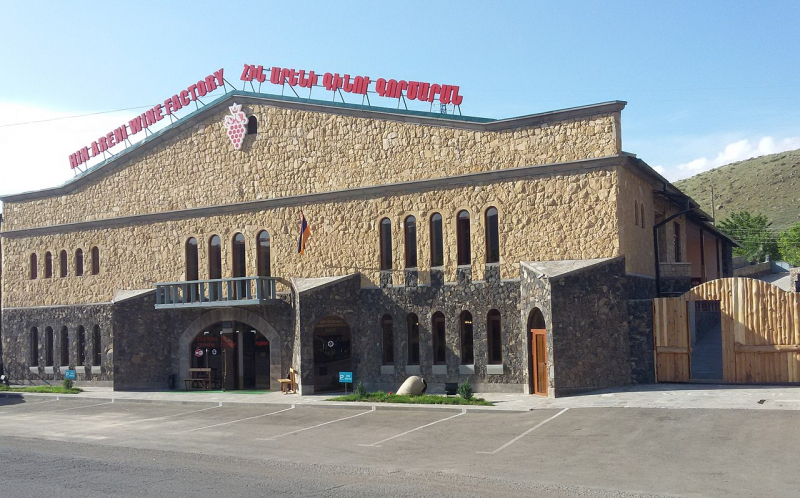
Wikimedia 
araratour.com















